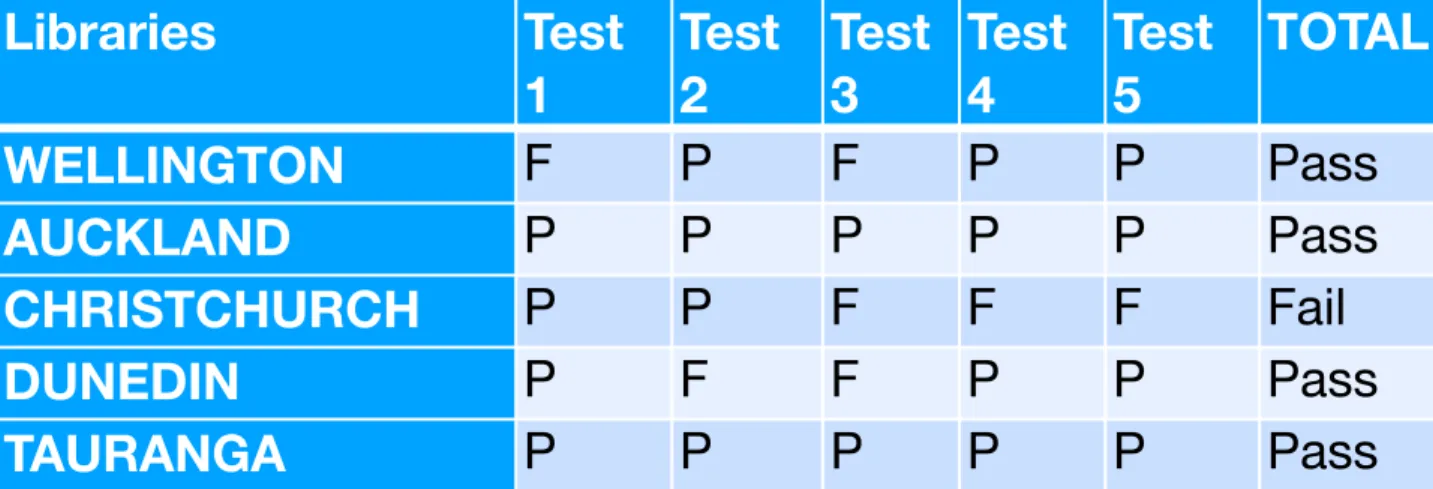Similarly, with Mātauranga Māori being the indigenous knowledge of the Māori people, it is found within the library institutions of Aotearoa-New Zealand. In terms of the ownership and use of indigenous knowledge, it has therefore become a commodification of our culture in ways beyond our control. This is how the integrity of indigenous knowledge can be compromised or deemed 'culturally unsafe'.
In considering what tikanga means to Māori collections, there needs to be a reminder of the key principle of responsibility. These five segments of the 'Tikanga Test' (2003) refer to the ways in which Māori ascertain and move through cultural and symbolic nuances of actions and information. Arguably Best, like others, was intent on recording Māori history, traditions and culture because of the racist ideology of the Māori 'race' becoming extinct (Byrnes, 2006).
This legislation aimed to genocide the Maori culture through assimilation, and physically through the displacement of lands and the destruction of the Maori people in the war engaged in (Walker, 2012). These and other examples of the violent destruction of Maori people are common throughout Aotearoa-New Zealand's history. For the third test, there is a specific mention of mātauranga Māori and a commitment to respect the tikanga of collections and knowledge, thereby avoiding the Utu (cost) of resolving an issue.
For test two, there is little integration of kaupapa Māori into the general policy itself, but there are reflective values that guide the collection as part of the bicultural engagement. Therefore, a solution is provided for the general materials in total, and as for respecting the mana of the materials and the persons related to the materials, it passes test three. What was interesting to note about the Mead 'Tikanga Test' is its versatility in applying the method to the different parts of the debt collection policy.
Libraries Test 1
Examples of recommendations include using library policies, limiting access controls, and some helpful tikanga practices. The results of Mead's "Tikanga Test" applied to library policies regarding tikanga within their collections. Wellington City Libraries, for example, has an attractive policy document that is revised semi-regularly.
This may be in contrast to the changing and dynamic library system, which contrasts with Auckland Libraries regularly reviewing their collection policy and comparing their 2020 collection development document with the City of Wellington's 2016 policy, where there is a significant difference in approach to principles and opportunities for tikanga Māori in collections. Wellington's approach to tikanga is being enhanced through their inter-council policy document He Waka Eke Noa (2020) which links engagement with Mana Whenua (iwi Māori residing under the authority of a particular rohe) as well as initiatives that can contribute to better service or professional development of library staff (and the wider world). Auckland City Libraries manage to integrate tikanga practices into their collections more easily than other library policies.
Ka heke tenei ki te pai haere o te whanaungatanga i waenga i te Mana Whenua o Tamaki Makaurau (Tamaki Makaurau), me te whakanui i etahi atu hapori Maori penei i te MUMA (Manukau Urban Māori Authority).
Test 2
Test 3
Test 4
Test 5
TOTAL
This leads to the Utu (cost) of the issue, which makes their bicultural engagement less culturally secure. This is demonstrated by the lack of kaupapa Māori in the rest of the policy and the lack of a specifically Māori collections policy. Therefore, by removing whakapapa materials from their knowledge context, this represents a direct challenge to the tikanga alluded to in the earlier policy testing.
There is no direct mention of Tauranga City Libraries being given to kaupapa Māori throughout the policy. What is novel is the uniqueness of recognizing tribal boundaries within the collections, of the wider Tauranga area. This shows in particular, Tauranga City Libraries and Archives' commitment to Māori, and their understanding of adherence to tikanga Māori within their collections.
For these collections to reach the heights of Auckland City Libraries and Tauranga City Libraries and Archives, there needs to be a genuine reflection of respect for tikanga in the presentation and management of Māori mātauranga collections. One way in which Māori maintain the cultural security and integrity of knowledge in collections is exemplified by the use of whakapapa, as demonstrated by participants in Liew et al. This shifting provenance is further complicated by problems with the ownership status of those from whom the collection's material originates.
While this system relies on the Dewey Decimal Classification numbering system, Lilley (2015) illustrates the interface between Ngā Upoko Tukutuku and the epistemology of the Māori worldview and argues that it is a positive engagement within the Pākehā-based system. This is consistent with adherence to the cataloging principle of identifying a resource and its place in the collection (481). The central shoot, the rito, is the pēpi (baby) of the whānau and must be protected.
These are the grandparents of the whānau, the elders who from their wisdom and rangatiratanga (sovereignty and authority) lead the whānau to strength and the ways of the tīpunas (ancestors). Then we have the kaumātua, the elders of our hapū and whānau. You could lend a book, it is made publicly available, and the material is immediately able to be copied, regardless of what content the book contains.
However, it means that non-Indigenous librarians are educating themselves about the ways of the Indigenous peoples they are trying to represent and care for in their collections. This could, in time, remove some of the colonial pitfalls that permeate such institutions of remembrance.
